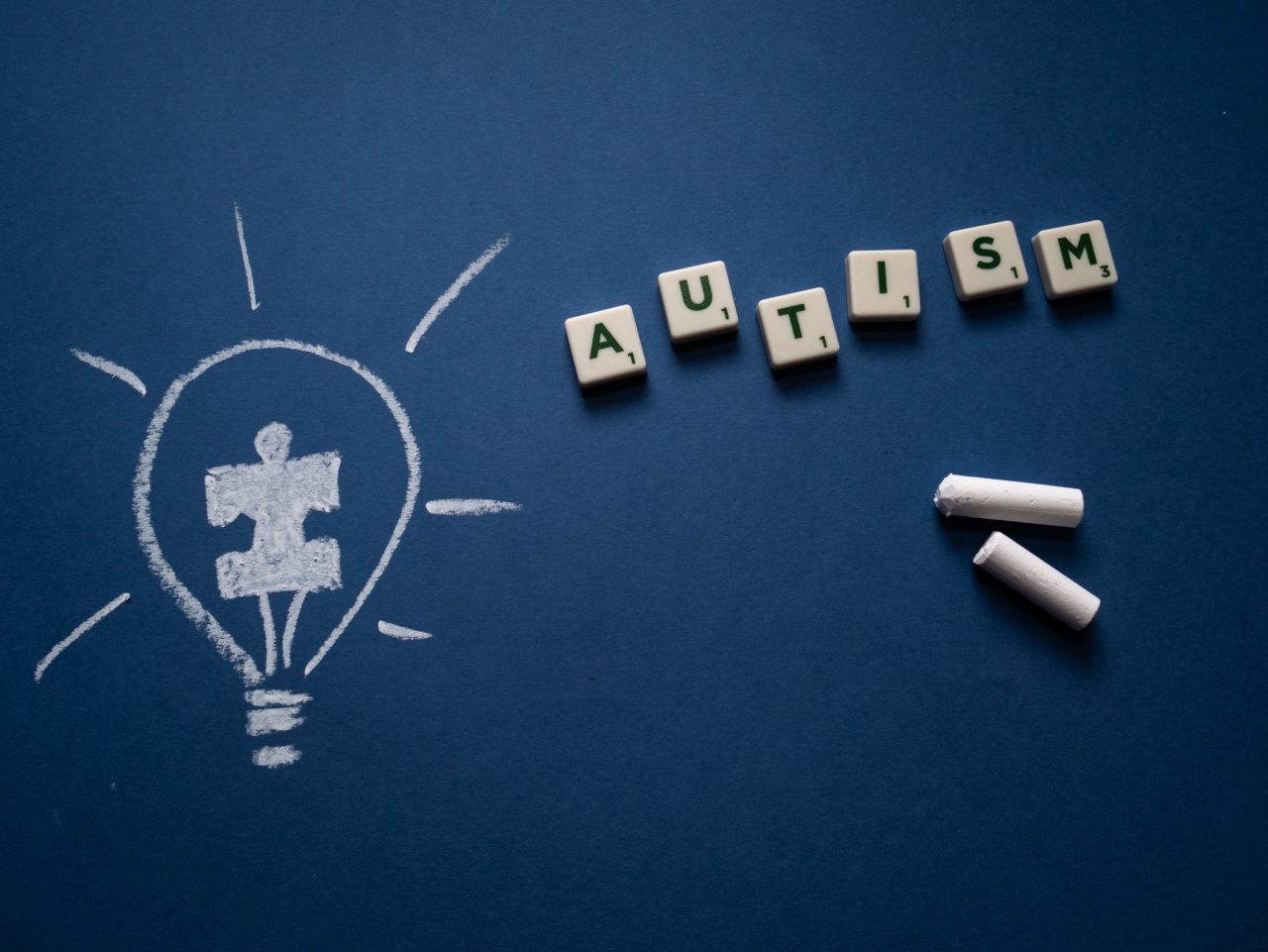Autism Spectrum Disorder (ASD) is a developmental disorder characterized by difficulties in social interaction, verbal and nonverbal communication, and repetitive behaviors.
The disorder affects 1 in 54 children in the United States according to the Centers for Disease Control and Prevention (CDC). While the exact causes of ASD are not fully understood, researchers have identified several neurological factors that are associated with the disorder.
Abnormalities in Brain Structure and Function
Research has shown that individuals with ASD have differences in brain structure and function compared to typically developing individuals.
For example, studies have found that the amygdala, a part of the brain responsible for processing emotions, is larger in individuals with ASD. Additionally, research has shown that there are differences in the connectivity of brain regions in individuals with ASD. Specifically, there tends to be over-connectivity within local brain regions and under-connectivity between distant regions.
Dysregulation of Neurotransmitters
Neurotransmitters are chemical messengers in the brain that facilitate communication between neurons. Research suggests that there may be dysregulation of several neurotransmitters in individuals with ASD.
For example, there is evidence of reduced levels of serotonin, a neurotransmitter that plays a role in mood regulation, in people with ASD. Additionally, there is evidence of abnormalities in the levels of dopamine, a neurotransmitter that plays a role in motivation and reward processing, in individuals with ASD.
Genetic Factors
There is strong evidence that genetic factors play a role in the development of ASD. Studies have found that there is a higher likelihood of having ASD if a family member also has the disorder.
Additionally, research has identified specific genetic variants that are associated with an increased risk of developing ASD. Several genes have been identified that are involved in the development and function of neurons, suggesting that disruptions in the development of the brain may contribute to the development of ASD.
Immunological Factors
The immune system is responsible for protecting the body against infections and other foreign substances. Research has shown that there may be abnormalities in the immune system in individuals with ASD.
For example, studies have found that there are high levels of inflammatory markers, such as cytokines, in individuals with ASD. Additionally, there is evidence of abnormalities in the functioning of immune cells, such as T cells and B cells, in individuals with ASD.
Environmental Factors
While genetic factors play a role in the development of ASD, research has also suggested that environmental factors may contribute to the development of the disorder.
For example, studies have found that exposure to certain chemicals, such as pesticides, during pregnancy may increase the risk of having a child with ASD. Additionally, there is some evidence to suggest that maternal infections during pregnancy may increase the risk of ASD.
The Role of Early Intervention
While the exact causes of ASD are not fully understood, early intervention can be effective in improving outcomes for individuals with the disorder.
Early intervention can involve a variety of approaches, including behavioral therapies, speech and language therapy, and occupational therapy. These therapies can help improve social skills, communication, and daily living skills, and can reduce the severity of symptoms.
The Importance of Continued Research
While significant progress has been made in understanding the neurological basis of ASD, there is still much to be learned about the disorder.
Continued research is necessary to identify additional factors that may contribute to the development of ASD and improve treatment approaches for individuals with the disorder.































